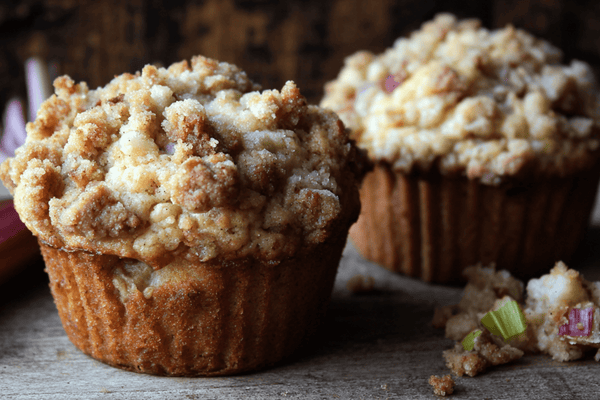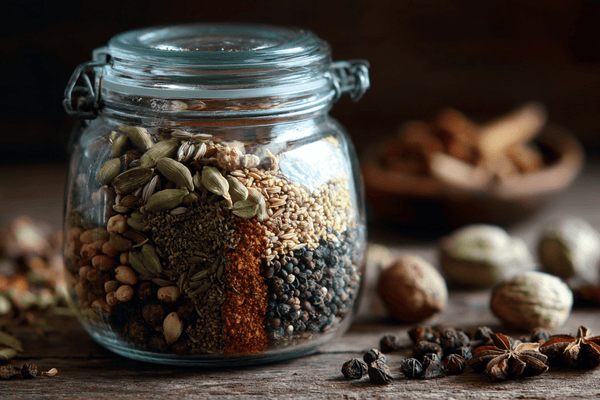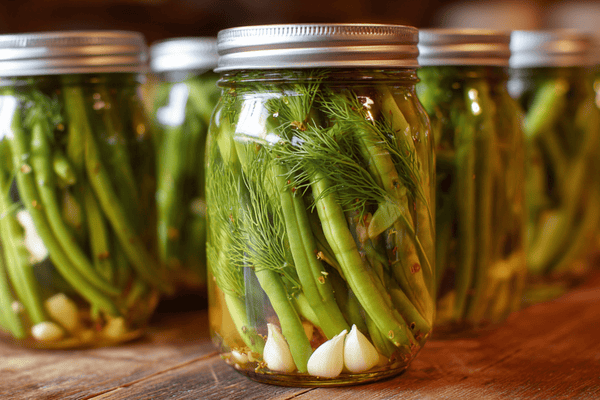
There’s something about Japan that makes you think of precision, innovation and of course, high-quality kitchen knives. This country is renowned for its stunning steel blades that offer some of the most superior cutting in the world, and chefs there have developed cutting techniques to match.
If you’re keen to up your game in the kitchen then you’ll want to learn some of the different types of Japanese cutting techniques. In this guide, we’ll show you some of the most common, basic cutting techniques.
Table of contents
What's So Great About Japanese Cutting Techniques?
You’d think that wherever you were in the world, using a knife would be the same, right? Well, in theory, yes but in Japan, chefs have given the different cuts some very elaborate names that perfectly describe what they are.Moreover, a lot of attention is paid to the style of cutting in Japanese cooking because chefs there have realised that certain dishes look better when vegetables are cut in specific ways. What’s more, it gives the dish better texture, and can even affect the taste.
Five Basic Japanese Cutting Techniques
There is an extensive list of Japanese cutting techniques and we could write an entire encyclopedia on the subject. However, since we know life is busy and you’ll want to get down to cutting your food much more quickly, we have detailed five of the most common Japanese cutting techniques to get you started.Hangetsu-Giri - Half Moons

Hangetsu-giri is one of the easiest basic cutting techniques in Japanese cooking to master and should be at the top of your list when learning how to cut using Japanese cutting techniques. Begin by slicing the vegetable lengthways in half and then turning it so that the flat side is in contact with the cutting board. Now cut even, thin slices along the length as this will ensure that they all cook within the same time.
Wa-Giri - Round Slices

Icho-Giri - Quarter Rounds

Icho-giri is often used with Japanese food when preparing vegetables for stews or soups and is sometimes called the gingko leaf cut owing to the similar shape. Generally speaking, this type of knife skills is reserved for things like radish and carrot.
Ran-Giri - Random Cut

Ran-giri is used for various vegetables including carrots, daikon and aubergine.
Sogi-Giri - Angled Cuts

You’ll start by laying the meat flat in front of you and taking your knife to it at an angle. Now draw the blade across the meat towards you to make your thin slice.
How to Hold Your Knife
If you want to ensure a clean, precise, and more importantly, safe cut every time then it is vital that you also learn how to hold your knife correctly. Many people are used to holding their knives in a certain way and so it can take some getting used to when you switch it up to the ‘correct’ hold. But don’t worry, it’ll soon become second nature.To begin, you will need to take the bolster, which is the bit where the blade joins the handle, in between your thumb and your index finger. The remaining fingers can then comfortably wrap around the length of the handle. Many pro chefs will keep a tight grip with the little finger as this makes your hold more stable.
Alternatively, you could hold your knife by placing the thumb against the bolster while the index finger sits along the top edge of the blade. This grip is better for times when you are cutting more solid ingredients.
Standing Correctly
If you thought that holding your knife correctly was the only thing you need to worry about then you might be surprised that your stance is just as important.You should stand facing your cutting board with the dominant foot placed half a step behind the non-dominant foot. You also don’t want to be too close to the cutting board, you’ll need about a three-inch gap between it and you.
When cutting, you should ensure that you hold your food securely and that the blade remains in contact with the joint on your middle and index fingers. This is the safest way to cut and will prevent you from cutting yourself instead of the food; nobody wants that!


